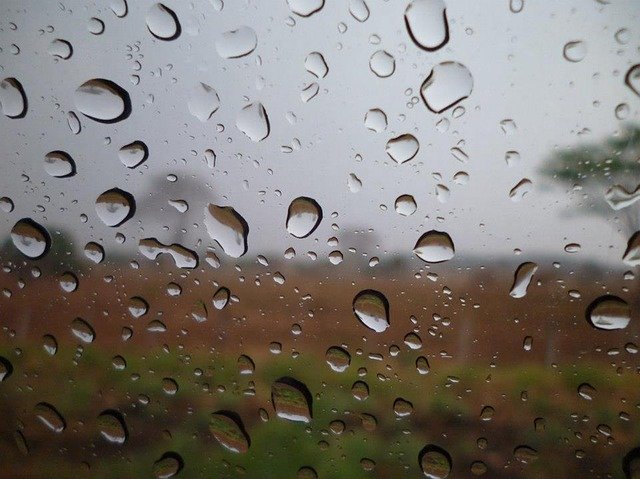If you deal with damp in your home, you’ll know that combatting it can be a constant struggle. No matter how much you clean off the resulting mold and mildew, and repair the damage it causes, without dealing with the source causes of damp it will always return.
Getting to the root of the damp in your home, and taking the proper action needed will save you time, money and effort down the line, not to mention protecting your family’s health for years to come. So we’ve come up with the top four most common causes of damp in your home and advice on how to get rid of it for good.
Condensation
Condensation is caused when warm, moist air comes into contact with cold surfaces in your home, resulting in the water vapors turning back into liquid form. This will most commonly affect bathrooms and kitchens where you most often have steaming hot water from showers and kettles. However, it can also be a problem in bedrooms, as the air you breathe out while you sleep contains moisture. The average person contributes the equivalent to four pints of water into their home’s environment every day. If condensation is allowed to remain on your home’s surfaces, over time it can lead to mold and mildew.
Leaking pipes
Even the tiniest drop from your plumbing system can lead to serious damp issues. A small crack or hole in the pipes may not seem like a huge issue, but a constant drip in the same place can spread damp like wildfire. If you suspect that your plumbing may be causing dampness in your home, a simple way to test it yourself is to take a water meter reading as everyone in the house heads out for the day (so you know no water is being used in your home) and then check it again first thing when you get home. If the counter has gone up, you probably have a leak.
Penetrating damp
Penetrating damp is a catch-all term that is used to describe water infiltration that occurs as a result of structural inadequacies of your home. The most common causes of this are damage to your roof, guttering, brickwork and window frames which allow rainwater to enter your home. Choosing the right guttering solution, such as seamless gutters vs regular gutters, can make a significant difference in diverting rainwater away from your home and preventing water infiltration that can lead to dampness and damage. Investing in seamless gutters can provide better protection against water-related issues and contribute to the overall structural integrity of your home.
Rising damp
All modern homes are required to have a built-in damp proof course (DPC), which is an impermeable layer within the brickwork of your home just above ground level. You may notice this on the exterior of your home as a thicker band of mortar which conceals waterproof materials. If your home was built before DPCs became mandatory, as many period properties were, or if your DPC has failed over time, you may notice ‘tide marks’ or dark patches on the lower parts of your ground-floor interior walls.
How to Avoid Damp in Your Home
As a general rule, you should always ensure your home is properly ventilated as this allows any condensation to escape. You should also maintain a consistent temperature in your home – fluctuations in heat levels can lead to dampness too. Whenever you are faced with damp inside your home, it is a wise move to identify the cause of this and repair the issue as soon as possible.
However, by the time that you notice damp inside your home, it has already caused damage. The best course of action you can take is to prevent damp from occurring in the first place. Professional damp proofing London companies or advanced damp proofing experts
in your local area will be the best steps you can take to save time, money and stress in the future.
More Tips: